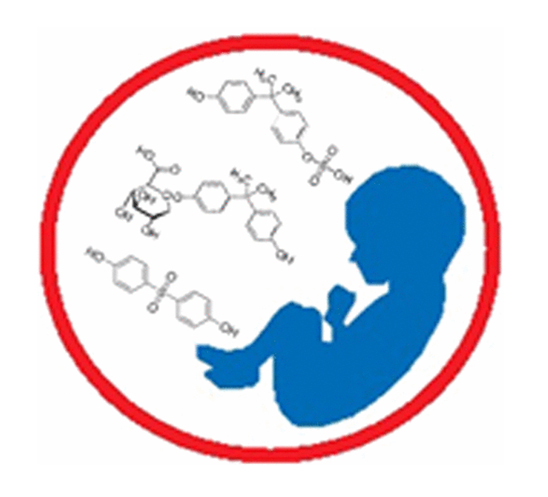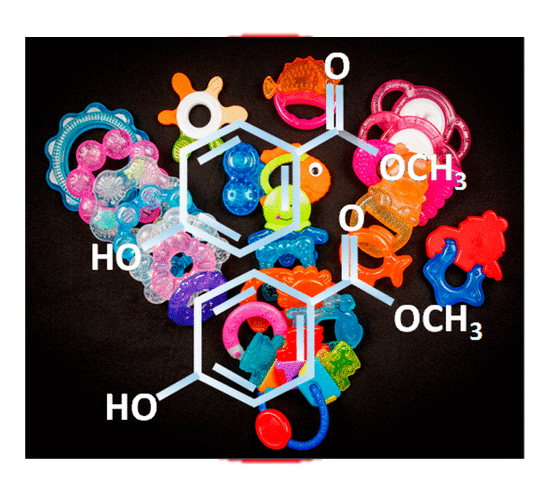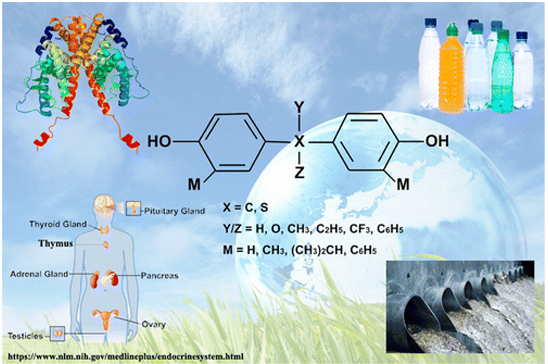Centre for Environment Education and Technology (CEET)
Kiranam, Arpookara East P.O.
Kottayam, Kerala, India - 686008
P: +91 2594458, +91 9447 779 269 | E: ceet.india@gmail.com
Kiranam, Arpookara East P.O.
Kottayam, Kerala, India - 686008
P: +91 2594458, +91 9447 779 269 | E: ceet.india@gmail.com
Bisphenols, its everywhere, in maternal and fetal serum, in baby teethers and more…
Bisphenols are everywhere. Their degradation products are also found in cord serum indicating that maternal exposure to such compounds is unsafe. There is a constant increase in infertility, birth defects and neurodevelopment disorders. The exposure of endocrine disrupting compounds on constant basis may have undesired health effects. Scientific reports on animal studies also bring disturbing news. Read more on….

DOI: 10.1021/acs.est.6b05718
Bisphenol A Metabolites and Bisphenol S in Paired Maternal and Cord Serum
Bisphenol A Metabolites and Bisphenol S in Paired Maternal and Cord Serum

Abstract: Human studies show associations between maternal bisphenol A (BPA) exposure and developmental effects in children, yet biomonitoring of BPA metabolites in maternal and fetal serum remains limited, and less is known for BPA alternatives. BPA-glucuronide, BPA-sulfate, and bisphenol S (BPS) were quantified in 61 pairs of maternal and cord sera from Chinese participants. Total BPS was only detectable in four maternal (<0.03–0.07 ng/mL) and seven cord sera (<0.03–0.12 ng/mL), indicating low exposure but providing the first evidence that BPS crosses the human placenta. Total BPA metabolites in cord serum were significantly higher than in maternal serum (p < 0.05), suggesting that these may be formed in the fetus or cleared more slowly from the fetoplacental compartment. Unlike the pharmacokinetic results from controlled oral exposure studies in which BPA-glucuronide is the major BPA metabolite, here, BPA-sulfate was the dominant metabolite (GM: 0.06 and 0.08 ng/mL), significantly higher than BPA-glucuronide (GM: 0.02 and 0.04 ng/mL) (p < 0.01) in both maternal and cord sera. Moreover, the proportion of BPA-sulfate increased with total BPA. These are the first human data for BPA metabolites in paired maternal and cord serum, and results suggest that the human fetus and pregnant mother have unique exposure to BPA metabolites. Direct analysis of BPA metabolites in serum provides complementary information for evaluating early life-stage exposure and risks of BPA.

DOI: 10.1021/acs.est.6b04128
Migration of Parabens, Bisphenols, Benzophenone-Type UV Filters, Triclosan, and Triclocarban from Teethers and Its Implications for Infant Exposure
Migration of Parabens, Bisphenols, Benzophenone-Type UV Filters, Triclosan, and Triclocarban from Teethers and Its Implications for Infant Exposure

Abstract: Parabens (p-hydroxybenzoic acid esters), bisphenols, benzophenone-type UV filters, triclosan, and triclocarban are used in a variety of consumer products, including baby teethers. Nevertheless, the exposure of infants to these chemicals through the use of teethers is still unknown. In this study, 59 teethers, encompassing three types, namely solid plastic, gel-filled, and water-filled (most labeled “bisphenol A-free”), were collected from the U.S. market and analyzed for 26 potential endocrine-disrupting chemicals (EDCs) from intact surfaces through migration/leaching tests performed with Milli-Q water and methanol. The total amount of the sum of six parent parabens (Σ6 Parabens) leached from teethers ranged from 2.0 to 1990 ng, whereas that of their four transformation products (Σ4 Parabens) ranged from 0.47 to 839 ng. The total amount of the sum of nine bisphenols (Σ9 bisphenols) and 5 benzophenones (Σ5 benzophenones) leached from teethers ranged from 1.93 to 213 ng and 0.59 to 297 ng, respectively. Triclosan and triclocarban were found in the extracts of teethers at approximately 10-fold less amounts than were bisphenols and benzophenones. Based on the amount leached into Milli-Q water, daily intake of these chemicals was estimated from the use of teethers by infants at 12 months of age. This is the first study to document the occurrence and migration of a wide range EDCs from intact surfaces of baby teethers.
DOI: 10.1021/acs.est.5b05387
Bisphenol Analogues Other Than BPA: Environmental Occurrence, Human Exposure, and Toxicity—A Review

Bisphenol Analogues Other Than BPA: Environmental Occurrence, Human Exposure, and Toxicity—A Review

Abstract: Numerous studies have investigated the environmental occurrence, human exposure, and toxicity of bisphenol A (BPA). Following stringent regulations on the production and usage of BPA, several bisphenol analogues have been produced as a replacement for BPA in various applications. The present review outlines the current state of knowledge on the occurrence of bisphenol analogues (other than BPA) in the environment, consumer products and foodstuffs, human exposure and biomonitoring, and toxicity. Whereas BPA was still the major bisphenol analogue found in most environmental monitoring studies, BPF and BPS were also frequently detected. Elevated concentrations of BPAF, BPF, and BPS (i.e., similar to or greater than that of BPA) have been reported in the abiotic environment and human urine from some regions. Many analogues exhibit endocrine disrupting effects, cytotoxicity, genotoxicity, reproductive toxicity, dioxin-like effects, and neurotoxicity in laboratory studies. BPAF, BPB, BPF, and BPS have been shown to exhibit estrogenic and/or antiandrogenic activities similar to or even greater than that of BPA. Knowledge gaps and research needs have been identified, which include the elucidation of environmental occurrences, persistence, and fate of bisphenol analogues (other than BPA), sources and pathways for human exposure, effects on reproductive systems and the mammary gland, mechanisms of toxicity from coexposure to multiple analogues, metabolic pathways and products, and the impact of metabolic modification on toxicity.
DOI:10.1289/EHP378
Gestational Exposure to Bisphenol A Affects the Function and Proteome Profile of F1 Spermatozoa in Adult Mice Abstract: Maternal exposure to the endocrine disruptor bisphenol A (BPA) has been linked to offspring reproductive abnormalities. However, exactly how BPA affects offspring fertility remains poorly understood. The aim of the present study was to evaluate the effects of gestational BPA exposure on sperm function, fertility, and proteome profile of F1 spermatozoa in adult mice. From this study it is found that BPA inhibited sperm count, motility parameters, and intracellular ATP levels in a dose-dependent manner. These effects appeared to be caused by reduced numbers of stage VIII seminiferous epithelial cells in testis and decreased protein kinase A (PKA) activity and tyrosine phosphorylation in spermatozoa. We also found that BPA compromised average litter size. Proteins differentially expressed in spermatozoa from BPA treatment groups are known to play a critical role in ATP generation, oxidative stress response, fertility, and in the pathogenesis of several diseases.
Gestational Exposure to Bisphenol A Affects the Function and Proteome Profile of F1 Spermatozoa in Adult Mice Abstract: Maternal exposure to the endocrine disruptor bisphenol A (BPA) has been linked to offspring reproductive abnormalities. However, exactly how BPA affects offspring fertility remains poorly understood. The aim of the present study was to evaluate the effects of gestational BPA exposure on sperm function, fertility, and proteome profile of F1 spermatozoa in adult mice. From this study it is found that BPA inhibited sperm count, motility parameters, and intracellular ATP levels in a dose-dependent manner. These effects appeared to be caused by reduced numbers of stage VIII seminiferous epithelial cells in testis and decreased protein kinase A (PKA) activity and tyrosine phosphorylation in spermatozoa. We also found that BPA compromised average litter size. Proteins differentially expressed in spermatozoa from BPA treatment groups are known to play a critical role in ATP generation, oxidative stress response, fertility, and in the pathogenesis of several diseases.
